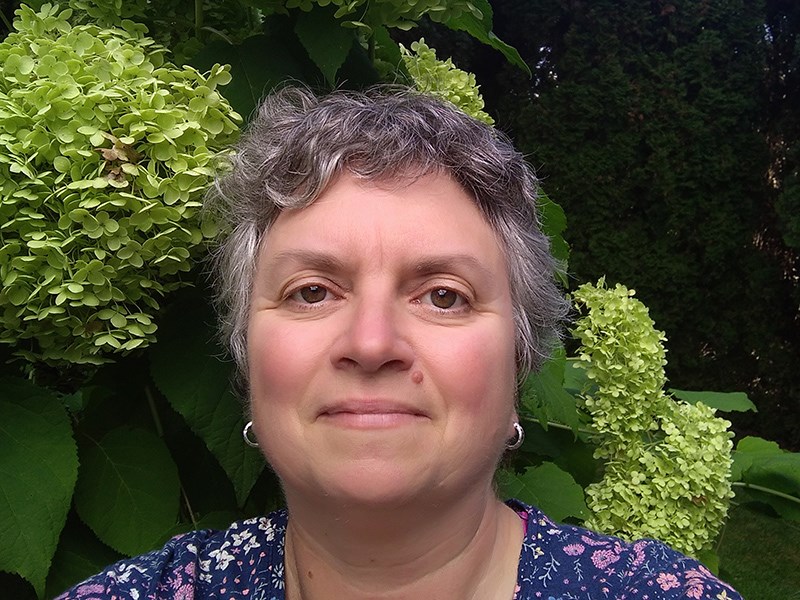You can teach an old gardener new tricks, at least that’s true for this gardener.
Over the last 30 years, I have had the pleasure (and often the frustration) of gardening in four incredibly different Canadian landscapes: Central Ontario, Nunavut, Northern Alberta and now coastal British Columbia.
Gardeners describe geographical locations based on plant hardiness, which is the climate and conditions needed for plants to grow and survive. A tag on a nursery plant can say something like “Hardy to Zone Six.” A lower plant hardiness number means poorer growing conditions and more difficult weather to deal with.
For example, Nunavut is considered a zone zero. That’s as low as you can get. In my experience, the only way to grow vegetables in Nunavut is to do so inside your house or to make a cold frame/greenhouse, import soil to fill it and be content with fast-growing crops like lettuce and radishes.
My current garden in Townsite ranges from a zone seven on the windy side to a zone eight on the sheltered side. So many more opportunities for different plants, and different weeds and different insects, but that’s another story. Back to hardiness.
Plant hardiness is one measure but what about the hardiness of gardeners? What makes a gardener grow and survive?
Some gardeners are born into a gardening family and begin young while surrounded by mentors. Other people take up gardening later in life.
No matter when you take up gardening, it can be a mysterious cluster of successes and failures with unclear reasons why. Like many experiments, there are forces that can work for and against us: sunshine, rain, wind, seed quality, watering, insects; the list goes on.
I believe our biggest force is our ability to learn and apply that learning in our garden. For example, when I moved to Powell River five years ago, I knew very little about growing in this climate. So, I googled it.
Yikes, the amount of information was overwhelming. Often one website would contradict another. I felt I needed local expertise, so I confess, I spied on the neighbours.
Every dog walk became a covert operation, which involved wandering the alleyways, peeking over fences and seeing what the neighbours were growing. I still have a number of gardens in my neighbourhood that I wander by throughout the year and say, “Oh, they’ve put their peas in already, guess I should go home and do the same,” or, “Oh, that’s an amazing plant, I need to get me one of them.”
But spying only took me so far. I needed more knowledge.
Luckily, I found the Powell River Garden Club. I have learned much from attending the meetings, networking with other local gardeners, listening to guest speakers at each meeting, and visiting local gardens to see what other gardeners are doing. Each meeting I learn something new.
Some of that new knowledge has blossomed into new experiments in my garden. Oh, what fun!
Sharon Shultz is a Powell River Garden Club booster. If she came with a nursery tag, it would read: Hardy to zone zero but prefers zone eight, plant in partial sun, drought tolerant but prefers regular drinks, blooms from January to December.



